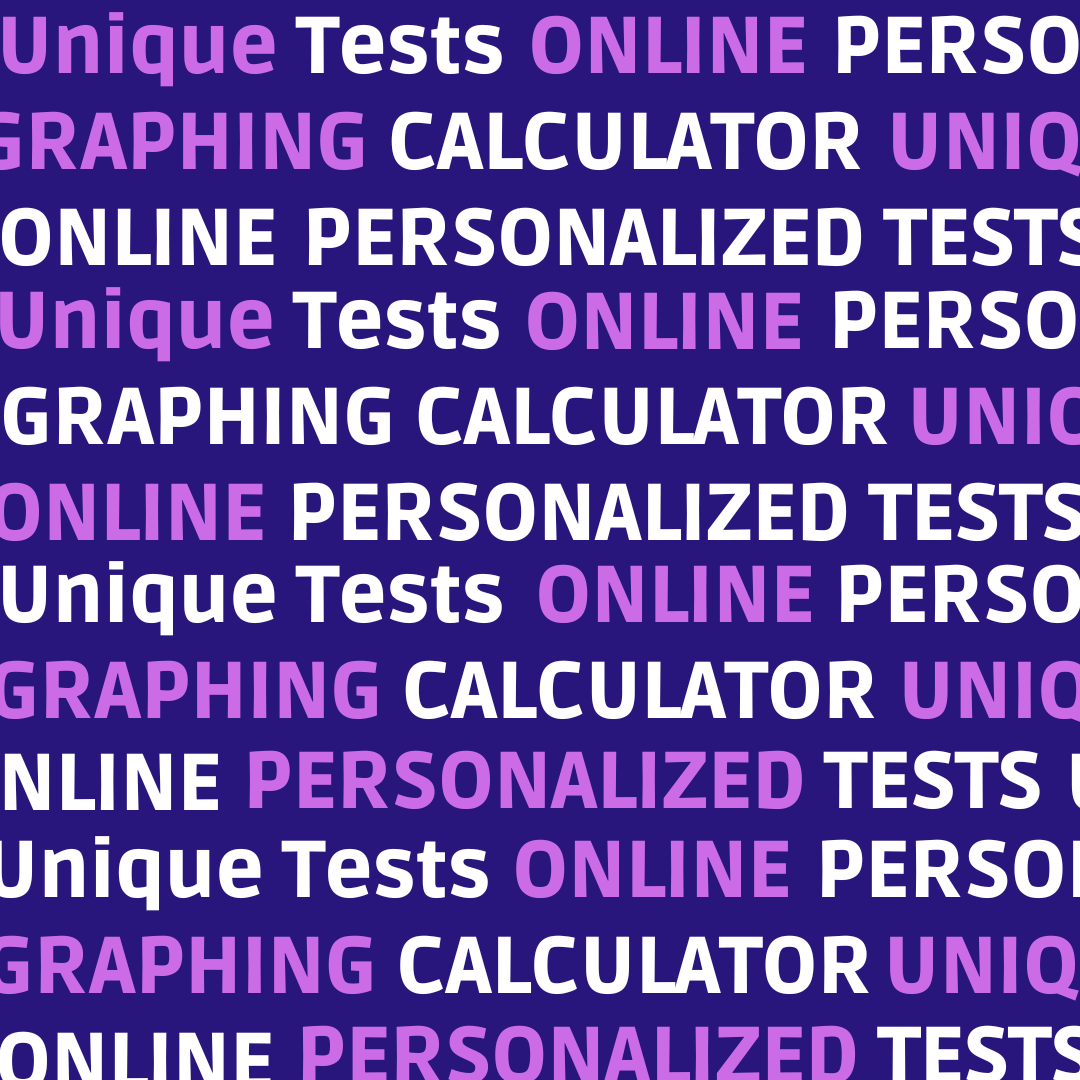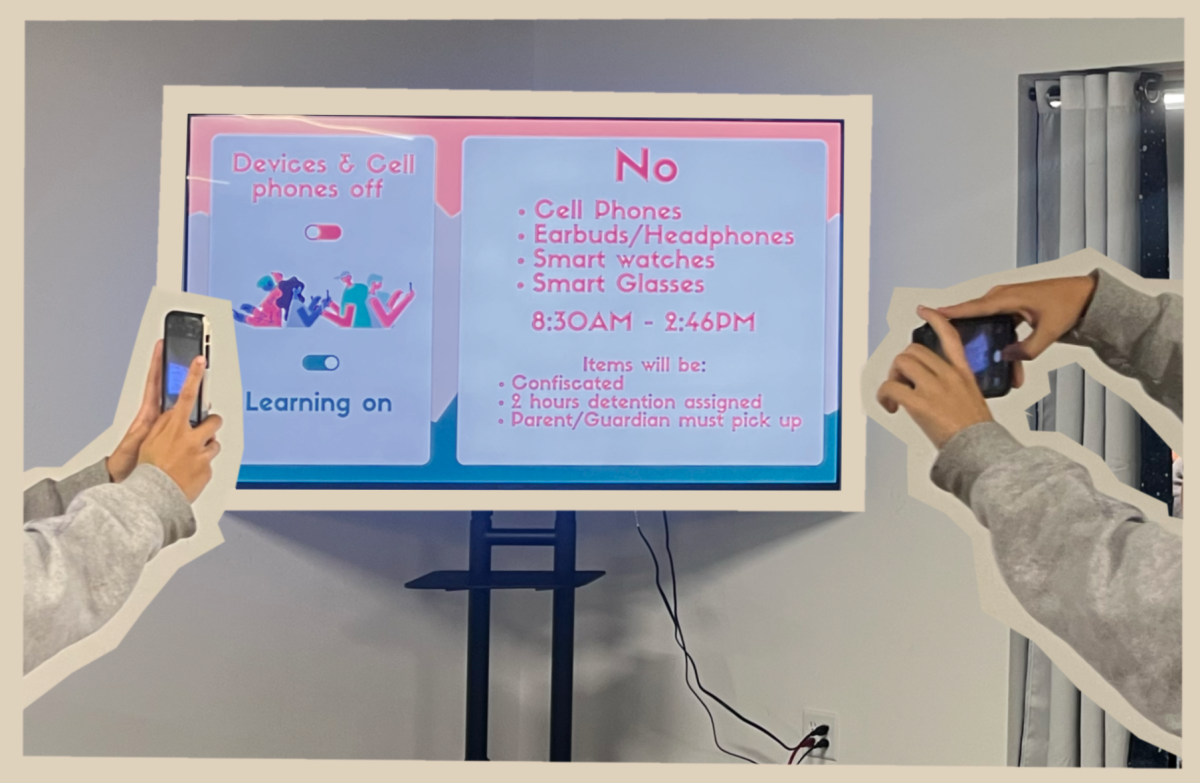The SAT has been a steady presence in the lives of high school students since it was first administered 98 years ago.
However, as of the March 2024 testing sessions, all students registered for the SAT will be the first within the United States to take an updated online version that features changes to the content, duration and scoring of the exam. This test was piloted internationally in March 2023.
The updated exam has two sections instead of the previous three. While the math section remains unchanged, the reading and writing sections are now combined.
The SAT blueprint was also adjusted. In the updated exam, each section will have two modules. After taking the first module, the second module’s difficulty will be determined by the students’ performance on the first; this means that no two students will have the exact same SAT.
This change will give more advanced students the opportunity to access challenging questions more quickly, while allowing less advanced students to work at a slower pace and achieve more correct answers.
Additionally, reading passages were shortened, and students will now be given updated test-taking tools, including access to a graphing calculator throughout the entire math section, a countdown clock and an option to flag questions for review.
Priscilla Rodriguez, Vice President of College Readiness Assessments at the College Board, stated that the changes made to the SAT are intended to increase the SAT’s relevancy and accessibility through a digital format, as well as making it easier to take and administer.
In addition to going digital, the test was shortened by one hour, resulting in a testing window of two hours and 15 minutes. The SAT now consists of 98 total questions instead of the previous 154 questions.
The online test is accessible through the College Board’s Bluebook app. In the app, students will find a “test preview” that shows the format and features of the new SAT or a full-length practice test, which is timed and simulates the actual taking of the test.
Karen Ellis, Pali Director of College Advising, believes that the digital SAT will be beneficial to students taking the exam.
“I’ve heard back from students that they’d like it being digital,” Ellis said. “And I think kids are faster on a computer than they are on paper.”
She added that the new test is “less intimidating” because it’s shorter.
Not all students agree with Ellis. Junior El Valenzuela plans to take both the SAT and American College Test (ACT) in 2024.
Despite the fact that the updated SAT is meant to be simpler, Valenzuela said she would prefer to be taking the original test on paper.
“I like paper [tests] because I don’t really like typing a lot,” she said. “I remember topics better when I’m writing.”
Senior Matthew Lee took the SAT four times in his junior year. Unlike Valenzuela, Lee believes that the online SAT would be easier to take than the paper version that he took, especially because the new test is shortened.
“I would say that [the updated SAT] is probably easier because a lot of the issues I’ve had with it were fatigue,” Lee said. “The reading section is so long that any shorter version would have made it easier.”
Although he believes digitizing the test may make it seem simpler for some, Lee also thinks there are pros and cons to both formats.
“[The paper SAT] is harder because when you do it on paper it hurts your hand more,” he said. “It’s less comfortable because you have to be physically writing.”
However, Lee added that paper tests can aid the thinking process.
“The paper gives you something to flip between,” he said. “You can more easily write on the test and mark it up.”
Lee added that the reason he took the SAT in the first place was because he mainly chose to apply to out-of-state schools.
“If your goal is community college or a UC school, [the SAT] is a complete waste of time, but if you want to go to a private school, I would recommend [taking it],” he said.
Test-optional policies in universities rose in popularity throughout the 2010s. According to the College Board website, a major catalyst for the rise of test-optional schools was the COVID-19 pandemic, during which students were unable to access testing centers.
Ellis does not consider herself a proponent of the SAT, especially with the rise of test-optional schools. She recommends most students to apply to test-optional schools.
“For the most part in admissions, [the SAT] can be harmful,” Ellis said. “I don’t think everyone’s a great test taker, and I don’t think everyone can afford the same test prep as other students to prepare you for this test.”
She believes that grades, extracurriculars, campus involvement, and teacher and counselor recommendations are better measures of college readiness.
“I think some of the statewide tests that you take might be an indicator of where you fall in English and math and some of those foundational subjects,” Ellis added. “That’s a much better indicator than a test you take on one day.”
However, she still believes that the updated SAT will give students opting to take the exam a better overall experience.
“I’m still not a fan of the test,” Ellis said. “But the [new] style is better for the students.”










